- Wine Tour Destinations
Croatia is located in south-eastern Europe, in the north-western part of the Balkans peninsula.
There are four main wine regions in Croatia: Istria & Kvarner, Dalmatia, the Croatian Uplands, and Slavonia & the Danube. Istria & Kvarner as well as Dalmatia are located on the coast and benefit from a Mediterranean climate. Both regions produce a range of white and red wines made from native and international grape varieties.
Istria & Kvarner
Istria & Kvarner is located in the north-western part of Croatia. It is a varied region with a wide range of soils and climates. The two main types of soils are red and white. The red soil, also called terra rossa, is iron-rich and clay based, it is mainly found in the coastal and lowland parts of the region. The white one is made of marl or flysch and tends to be widely found in the highlands on the western part of the region as well as in some specific areas of central and eastern Istria. Red wines tend to be produced on red soil and white wines on white soil however there are some exceptions to this rule. The main red grape variety is Teran and the main white grape varieties are Malvazija Istarska and Žlahtina.
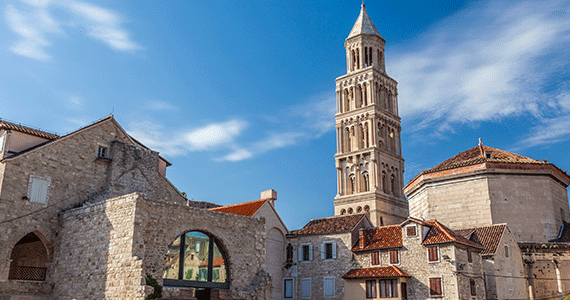
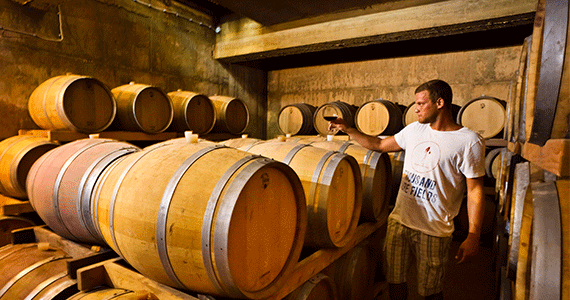
Istria has a rich history, it has belonged to the Austrian Empire, Italy and Yugoslavia. It also has a long winemaking culture; the area was covered with vineyards before the phylloxera arrived in Croatia. Today, Istria is actively promoting quality over quantity. The region is a great place for foodies, and you should try the local truffles, the homemade pasta and the air-cured ham.
The region produces some amber / orange wines with interesting floral notes and hints of salt.
In between Istria and mainland Croatia, Kvarner has a Mediterranean climate and a predominantly red karst soil on limestone bedrock. Most of the wine production is centred around the islands of Pag and Krk. The area is famous for its rare endangered grape varieties, some of them native to Croatia, which are grown locally.

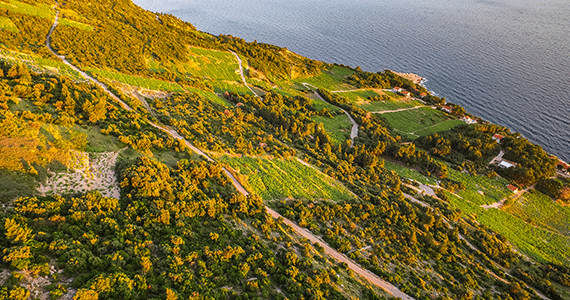
Dalmatia
Dalmatia is a popular touristic destination. The area offers an idyllic setting with a Mediterranean climate. Wine making was introduced in the area approximately 2500 years ago by the Greeks and continued to thrive despite the many invasions the region suffered. In the 19th Century, with the new train line from Vienna to Trieste, the area became accessible to the European elite and became known as the Austrian Riviera.
Dalmatian red wines tend to have a good body as well as ripe to dried fruit aromas. The whites tend to be crisp with mineral qualities and a good potential for ageing. The main red grape variety is Plavac Mali and the main white grape varieties are Maraština / Rukatac as well as Pošip.
Dalmatia has been producing a local dessert wine called Prošek for at least four centuries, it is made using the passito method with grapes laid on straw mats and dried in the sun to concentrate the sugar. The grapes are then crushed and fermented, before being aged in barrels for about a year.
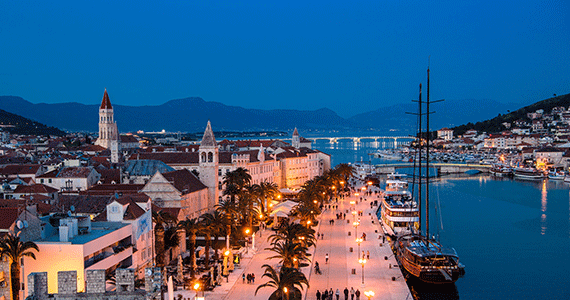

This thin stretch of land with a mountainous area running through offers an authentic experience. The villages are small and well preserved. The vineyards are planted on steep and rocky landscapes. This peninsula is well worth a visit and is considered one of the most beautiful wine destinations of the world.
Hvar is a unique island. Although its main town is famous for being a party destination during the summer season, the rest of the island remains rather untouched. A mountain range runs through the island. Grapes and olive trees have been planted on the island since the Ancient Greeks.


Korčula, the second most populated island of Croatia, predominantly produces fresh and crisp white wines on fertile valley lands protected by surrounding hills.
Vis was a Yugoslav military outpost until 1989 and as result was completely cut off from external visitors. The island is truly unspoilt and a site of natural beauty. Today, visitors are attracted to the slow and authentic lifestyle. There are not many vineyards on the island, but wines are produced in a true traditional fashion.
Mainland Dalmatia has a wide variety of microclimates which contributes to the production of a large range of different wines. Near the town of Primošten, one can find the UNESCO listed vineyard of Bucavac, an impressive site of 18 hectares where plots belong to more than 50 different owners.
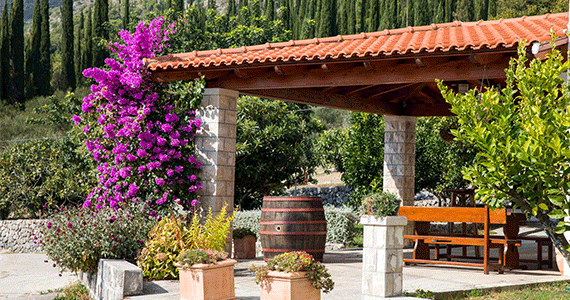
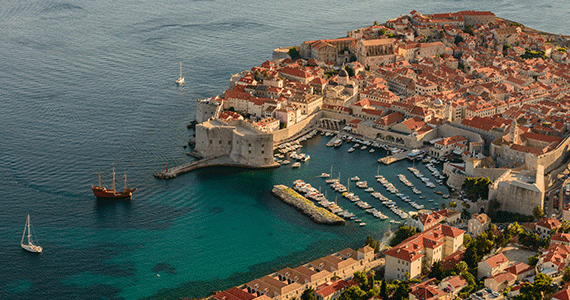
Croatia’s cuisine
Croatian’s cuisine is a blend of different cultures. Just like its history, it has been influenced by the Greeks, Romans, Venetians, Austro-Hungarians, Ottomans and many more. As a result of the various invasions, it also tends to vary from region to region.
On the coastal part of the country, we find a lot of seafood, olive oil and Mediterranean herbs. In Dalmatia, the food is rustic and simple. Popular dishes include monkfish, fish soup or swiss chard with boiled potatoes. Dalmatia is also renowned for its local cheese. In Istria, the food is heavily influenced by the Italian culture with dishes made of pasta and seafood.
On the mainland, away from the coast, we can find central European and Slavic influences with meat dishes, grains, and spices such as black pepper and paprika.
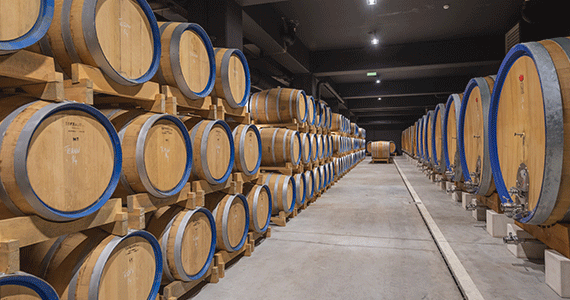
Fantastic food of a very high quality, and lots of lovely wines.
Anna- London, UK
Around half of our trips are completely bespoke. Our expert team would be delighted to discuss your requirements and create your perfect trip.
Contact UsWhat to buy for the wine lover who has everything? We offer a variety of gift options, and vouchers are valid for two years.
Browse Gifts
